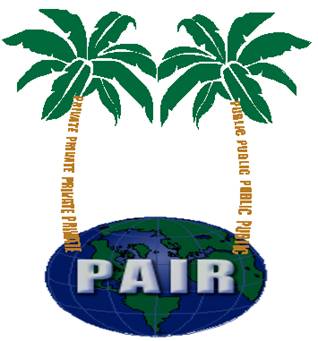Geographical Indication: The Indian Scenario
Unless a geographical indication is protected in the country of its origin, there is no obligation under the TRIPS agreement for the other countries to extend reciprocal protection. In India 'The Geographical Indications of Goods (Registration and Protection) Act, 1999' (GI Act) was enacted in compliance with India's obligations under TRIPS at the WTO. The Geographical Indications of Goods (Registration and Protection) Act, 1999 (Act 48 of 1999) came into force with effect from 15 September 2003.This Act seeks to provide for the registration and better protection of Geographical Indications relating to goods in India to fulfil three key objectives:1. Adequately protect the interest of producers of GI goods and add to the prosperity of the producers of such goods, 2. Protect consumers from deception, and 3. Promote goods bearing GI in the export market The Indian GI Act defines “Geographical Indications in relation to goods as an indication which identifies such goods as agricultural goods, natural goods or manufactured goods as originating, or manufactured in the territory of a country or a region or a locality in that territory where a given quality, reputation or other characteristics of such goods is essentially attributable to its geographical origin and in the case of manufactured goods where one of the activities of either the production or of processing or preparation of the goods concerned takes place in such territory, region or locality, as the case may be.” Goods include any agricultural, natural or manufactured goods or any goods of handicraft or of the industry including food stuff. The salient features of the Act are mentioned under the following sixteen points:
1. Definitions and interpretation of several important terms like geographical indications goods, producers, package, registered proprietor, authorized user etc.,
2. Provision for the establishment of a geographical Indications Registry;
3. Provision for the maintenance of a Register of geographical Indications in two parts-part A and part B and use of computers, etc, for maintenance of such registers. While part A will contain all registered geographical indicators, part B will contain particulars of registered authorized users;
4. Registration of geographical indications of goods in specified classes
5. Prohibition of registration of certain geographical indications
6. Provision for framing of rules by the central Government for filling of applications, its content and matters relating to substantive examination of geographical indications applications;
7. Compulsory advertisements of all accepted geographical indications applications and for inviting objections;
8. Registration of authorized users of registered geographical indications and providing infringement action either by a registered proprietor or authorized user;
9. Provision for the renewal, rectification and restoration of geographical indication and authorized use
10. Provision for higher level of protection for notified goods
11. Prohibition of assignment etc. of a geographical indications as it is public property
12. Prohibition of registration of geographical indications as a trade mark;
13. Appeal against registrar decisions
14. Provisions relating to offences and penalties
15. Provisions detailing the effects of registration and the rights conferred by registration;
16. Provision for reciprocity, power of registrar, maintenance of index, protection of homonymous geographical indication, etc.
To carry out the provision of this Act, the central Government notified a set of rules in 2002. The Government of India has established the 'Geographical Indications Registry' with all-India jurisdiction at Chennai, where the GIs can be registered. The controller General of Patents, Designs and Trademarks, who is also the registrar of Geographical Indication of India, is responsible for administering the GI Act. Till March 2010, 120 goods have been registered under the Act and many more are in the pipeline. Some of the well known GI goods are
- 'Darjeeling' (tea),
- Pochhanpalli Ikat,
- Chanderi Handloom,
- 'Basmati' (rice),
- 'Alphonso' (mango), etc.
An exhaustive list of registered GI products is available online at For the analysis, this brief has included the GIs registered till March 2010. For the list of GI goods registered under handicrafts till M arch 2010, see Annexure-1.
.



















 Posted in:
Posted in: 





















